Cooking a classic roasted turkey really is easy! Here’s my go-to recipe for a moist & flavorful holiday turkey. Step-by-step video included!
It seems even when I don’t host Thanksgiving dinner at our house, I still roast at least 1 turkey this time of year. For years I tried out different techniques and suggestions. I brined and I flipped Mr.Bird over. I seasoned this way and that. You know what? I decided I like traditional roasted turkey the best. This method I use is easy and the results are a moist and flavorful turkey. Enjoy!
I list measurements for spices here, but really, it will depend on how big your turkey is. The turkey I feature in these photos is just a 14-pounder. I normally roast 20+ lb turkeys. So I’ll give measurements for both, the smaller being for smaller turkeys, etc.
Time required: 1 hour for prep, 3-6 hours for roasting, 1 hour for resting – 5-8 hours total
- 1 thawed whole turkey, any size
- 4-6 TBSP cold Butter {depending on size of turkey}
- 1/2 tsp- 1 tsp rubbed sage {or Rosemary if you prefer}
- 1/2 – 1 tsp traditional spice blend
- salt & pepper
- 1 small apple
- 1 small yellow onion
- 1 small orange
- 1 15-oz can chicken broth
PREP THE TURKEY FOR ROASTING
A few tips on “preliminary” tasks:
- Plan for 1 lb of turkey per person and an additional 1/2 per person for leftovers. If you are hosting 15 people for Thanksgiving, a 17-20 lb turkey will be a great choice, depending on how much leftovers you’d like! {I have a family of 5, am hosting 8 and am cooking a 23-pounder! }
- Thawing a turkey takes anywhere from 1-5 days! Go here to see how long it will take to thaw your bird. You can thaw your turkey in the refrigerator, or submerged in cold water.
- Remember to remove the giblet packet and to rinse the turkey thoroughly before roasting. Some turkeys these days also have a gravy packet- remove that too if you see one. Be sure to check both cavities of the turkey to make sure you got everything out.
I always underestimate the time it takes me to get the turkey ready for roasting. Plan for 1 hour. It might help to prep the turkey the night before, then just pop it in the oven the morning of Thanksgiving.
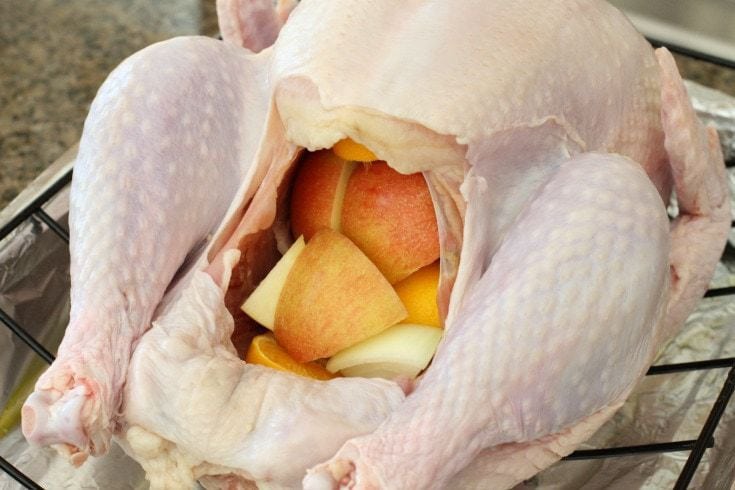
After removing the neck, giblet packet and gravy packet {if your turkey has one} then stick the turkey in your sink and rinse it off. Lightly dry the outside of the turkey and place the bird on a rack in a roasting pan. {I roasted turkeys for a long time without a roasting pan. It’s not completely necessary, but it is both handy and results in a more evenly roasted turkey.}
Cut the apple, orange and onion up into large chunks. Stuff the cavity of the bird with them, attempting to mix them up as much as you can. Really work to stuff these in there too- I pack it in tight!
Cut the 4 TBSP of butter in half. Cube 2 TBSP into small pieces and gently detach the skin right above the turkey breasts. Use your fingers to separate the turkey skin from the meat and slide the small cubes of butter up underneath. Do this to both turkey breasts, as far back as you can detach it. I like to try and keep the butter as high up on the turkey as possible, that way as it melts, it runs down, coating turkey as it goes. {See picture to see the final product below.}
Melt the remaining 2 TBSP of butter and brush all over the top of the turkey, after the butter cubes are under the skin. Since the turkey is cold, the butter will begin to solidify, which is good since it will hold it in place longer.
Sprinkle seasonings and salt and pepper on top of the butter. Open can of chicken broth and pour it into the pan.
Gently cover the bird in foil and return to the fridge if you’re not roasting right away.
Roast the turkey at 325 degrees F, according to weight:
Photo Credit: Journal Sentinel.
A few thoughts on MEAT THERMOMETERS:
- Meat thermometers are inexpensive tools that come in very handy when cooking a turkey. I know turkeys often come with those small plastic pop-up timers, but after just one year of it not working, I opted to use my own method!
- Some thermometers are heat-proof, others are not. Depending on which kind you have, you can either leave it in the turkey the entire time, or you’ll have to insert it periodically.
- Use a meat thermometer to determine when the bird is fully cooked. When done, the turkey should be 165°F. After removing the turkey from the oven, the temperature of the meat will initially increase by about 5° as the turkey rests. {So I generally take my turkey out when it registers 160 degrees.}
- The reasoning behind this trick is obvious: Overcooked turkey is beyond dry and barely edible. {Trust me, I speak from experience!}
- To know when your chicken reaches the right temperature, your best tool is going to be a meat thermometer. My all-time favorite meat thermometer is the Thermapen. It’s super fast and incredibly durable. Another great meat thermometer is the ThermoPop which is a more basic version that works just as well!
After the turkey has been in the oven for about 2 hours, check it regularly to make sure it’s not browning too much on the top. If it is, just lay a piece of foil over it. No need to tuck the sides in or anything, just lay it over the top.
LET THE TURKEY REST & THEN SERVE
After it’s roasted to the appropriate temperature, take your turkey out of the oven, cover it with foil and let it sit for an hour. Not only does this give you time to cook several other items that need cooking, but it also lets the juices be redistributed, resulting in a more moist turkey and easier carving.
ENJOY!
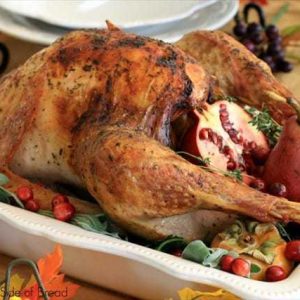
Ingredients
- 1 thawed whole turkey any size
- 4-6 TBSP cold Butter {depending on size of turkey}
- 1/2 tsp- 1 tsp rubbed sage {or Rosemary if you prefer}
- 1/2 – 1 tsp traditional spice blend
- salt & pepper
- 1 small apple
- 1 small yellow onion
- 1 small orange
- 1 15- oz can chicken broth
Instructions
- After removing the neck, giblet packet and gravy packet {if your turkey has one} then stick the turkey in your sink and rinse it off.
- Lightly dry the outside of the turkey and place the bird on a rack in a roasting pan. {I roasted turkeys for a long time without a roasting pan. It’s not completely necessary, but it is both handy and results in a more evenly roasted turkey.}
- Cut the apple, orange and onion up into large chunks.
- Stuff the cavity of the bird with them, attempting to mix them up as much as you can. Really work to stuff these in there too- I pack it in tight!
- Cut the 4 TBSP of butter in half.
- Cube 2 TBSP into small pieces and gently detach the skin right above the turkey breasts. Use your fingers to separate the turkey skin from the meat and slide the small cubes of butter up underneath. Do this to both turkey breasts, as far back as you can detach it. I like to try and keep the butter as high up on the turkey as possible, that way as it melts, it runs down, coating turkey as it goes. {See picture to see the final product below.}
- Melt the remaining 2 TBSP of butter and brush all over the top of the turkey, after the butter cubes are under the skin. Since the turkey is cold, the butter will begin to solidify, which is good since it will hold it in place longer.
- Sprinkle seasonings and salt and pepper on top of the butter. Pour chicken broth into the bottom of the roasting pan.
- Gently cover the bird in foil and return to the fridge if you’re not roasting right away.
- Roast the turkey at 325 degrees F, according to weight.
- After the turkey has been in the oven for about 2 hours, check it regularly to make sure it’s not browning too much on the top. If it is, just lay a piece of foil over it. No need to tuck the sides in or anything, just lay it over the top.
- After it’s roasted to the appropriate temperature, take your turkey out of the oven, cover it with foil and let it sit for an hour.
- Not only does this give you time to cook several other items that need cooking, but it also lets the juices be redistributed, resulting in a more moist turkey and easier carving.
Video
📫 Save this recipe! Send it to your email! 📩
I consent to receiving emails from this site.
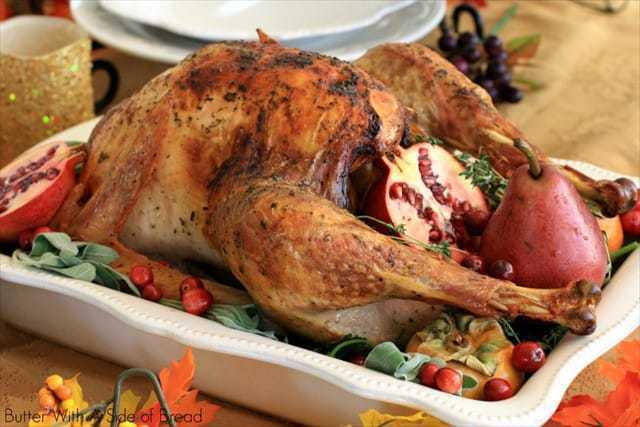
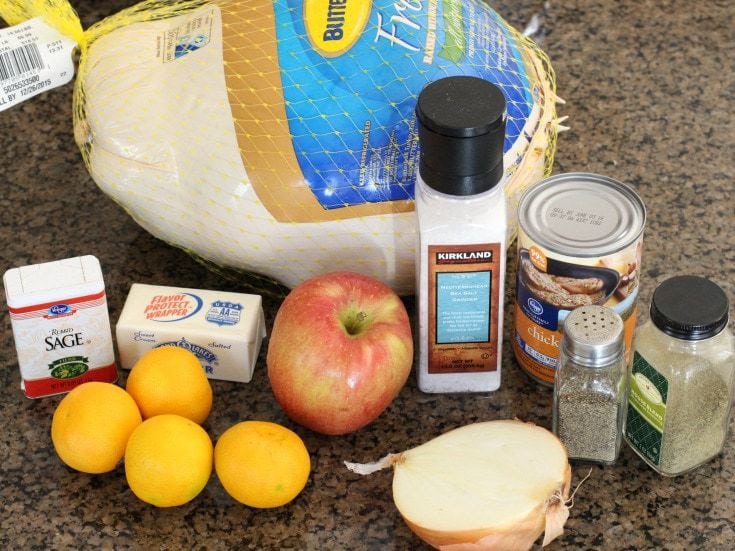
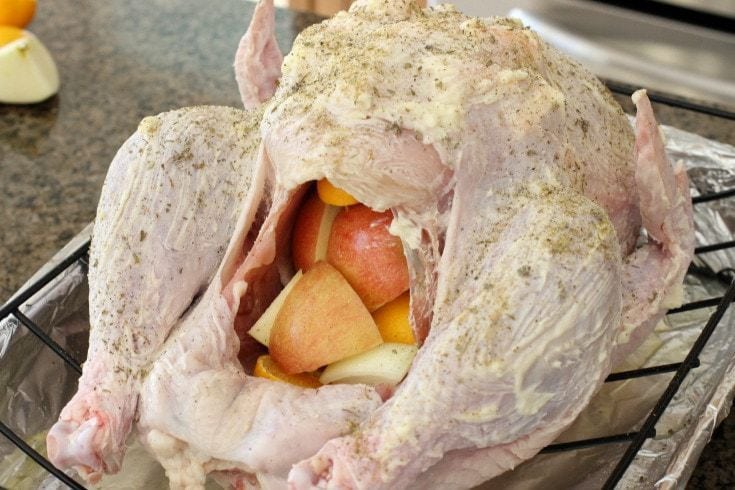
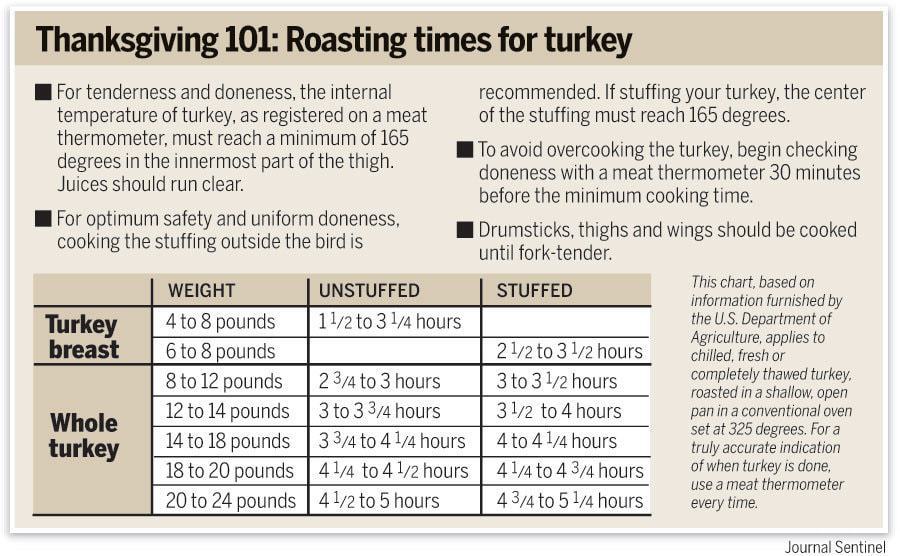
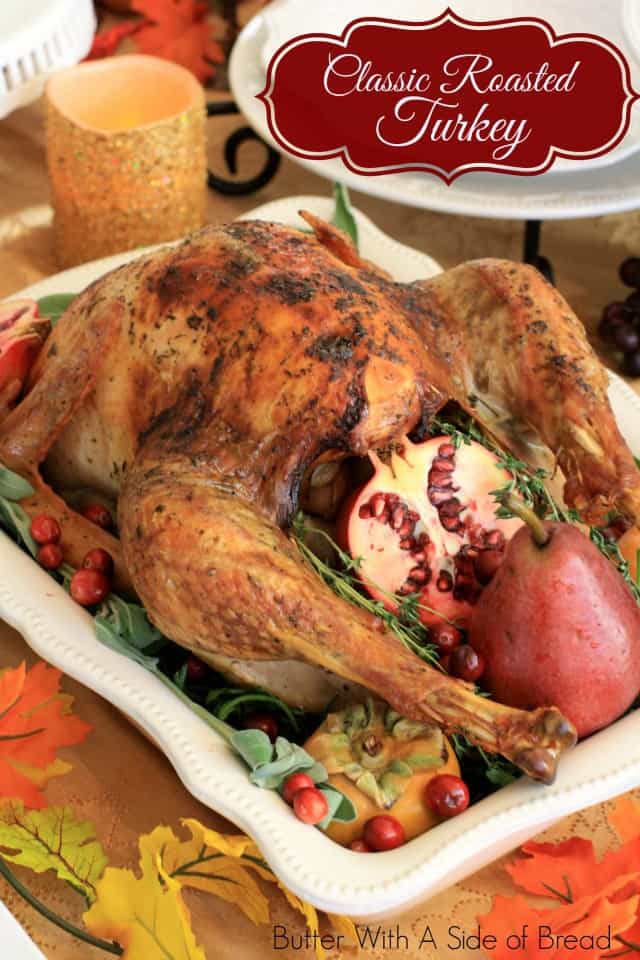


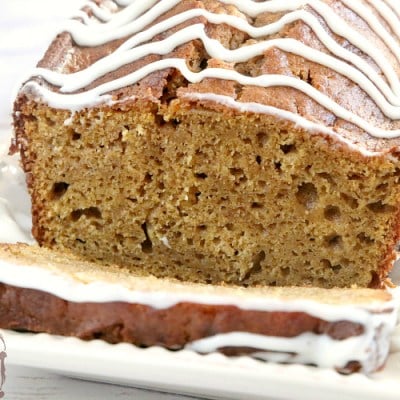

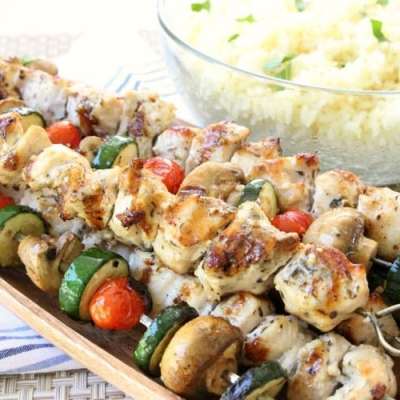
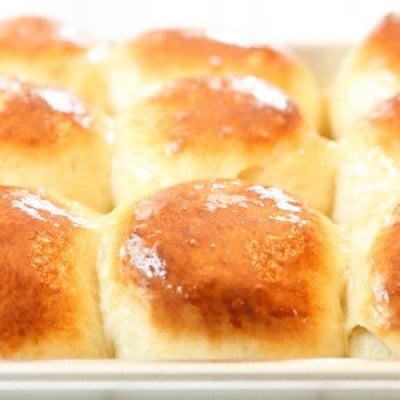
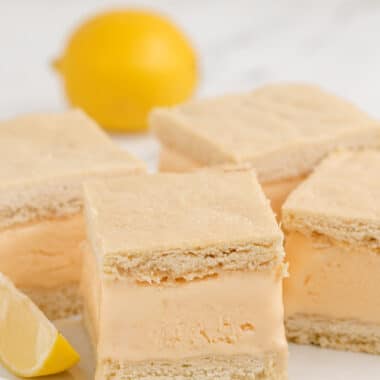
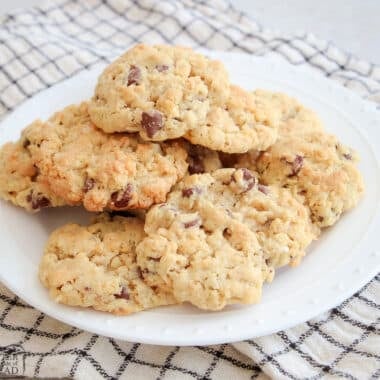
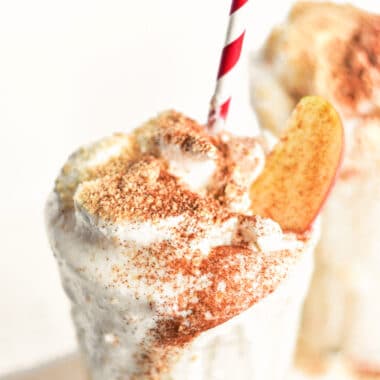

Dliche says
Yummy! simple and easy.. 😉